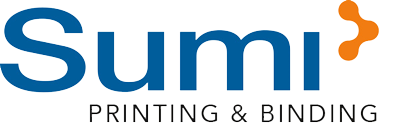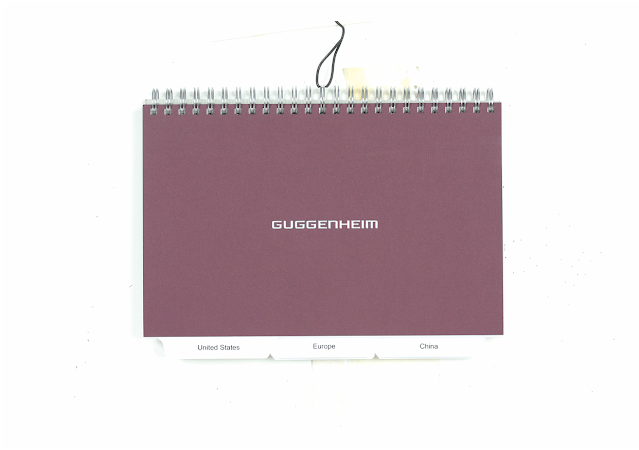The Art of High-Quality Printing: Understanding DPI and Its Impact In Wire Bound Book Printing

by Daniel Thompson Are you tired of worrying whether your printed projects will turn out pixelated and low-quality? Fear not, understanding the magic of DPI (dots per inch) can transform your printing woes into picture-perfect outcomes. What Is DPI? At the heart of every printed image lies DPI, a measure of the printer's capability to squeeze more dots of ink or toner into a square inch. More dots mean a sharper image. Some industry staples such as inkjets use nozzles to print the dots, while laser printers melt toner as dots onto paper, both still rely on this fundamental principle. Why Does It Matter? Simply put, more dots per inch translate to sharper images, while fewer dots result in lackluster prints. Printing companies invest in high-DPI printers to ensure the best results. Yet, DPI isn't the sole hero; image size also plays a crucial role. Creating a Print-Perfect Image Achieving a top-notch print involves considering three vital factors: your print size in inches, your...

